
Obviously, I had to begin this new in-depth beauty category with derma-rolling, mostly because it was a subject that generated hundreds of instagram DMs but also, because yes, I do love to roll tiny needles all over my face. Why? It’s effective, affordable, and it doesn’t require an expensive dermatologist appointment, I do it at home twice-weekly. With time, it has really weakened the fine lines on my face, but it’s also proven to fade acne scars and sun spots, so if you’re struggling with those, this is useful for you too. Now, naturally this is a rather hardcore regimen to add into your skincare, so before you do anything, read all of what I have to say.
what is derma-rolling?
A derma-roller contains hundreds of tiny needles. When in use, these needles create micro-injuries on the skin, which in turn sends collagen and elastin production into overdrive to compensate as it heals—leaving your complexion tighter and plumper than it was beforehand. This makes it an ideal method for filling in fine lines and wrinkles, plumping the skin under the eyes. Micro-needling is also a very effective treatment for acne scars and discoloration since it penetrates the skin so deeply. Plus, when used in conjunction with a serum (as it should be), it boosts ingredient absorption up to 90%.
the tool: choosing the right one
Derma-rollers come in different needle sizes, the bigger the needle, the more painful the rolling. I first bought the 1.0 roller, which honestly is a little too painful, however I will still use this occasionally on my really deep lines. I’m faithful to the 0.5 mm – this is a pleasant sensation with little pain and I’ll use this twice-weekly. I wouldn’t reccommend going any bigger than 1.0, if I were to advise on which size to buy 0.5 or 0.2 are best depending on how sensitive your skin is. For any deeper micro-needling, it’s best to go to a professional, as anything deeper than 1.0 at home has a high risk of skin damage. It’s important too to invest in a good-quality roller, I bought mine from Amazon, it was around 10.99 – not expensive but it works well. I chose mine based on the customer reviews, it’s by what I’m assuming is a Korean brand called Koi beauty (linked here). Finally and this is vital advice; buy a bottle of antiseptic spray, it is absolutely crucial that your derma-roller is squeaky clean before it touches your face. The needles open up your pores, so a dirty derma-roller can give you hideously horrible break-outs. A bottle of anti-septic is a few euros, so please remember to always clean before use.
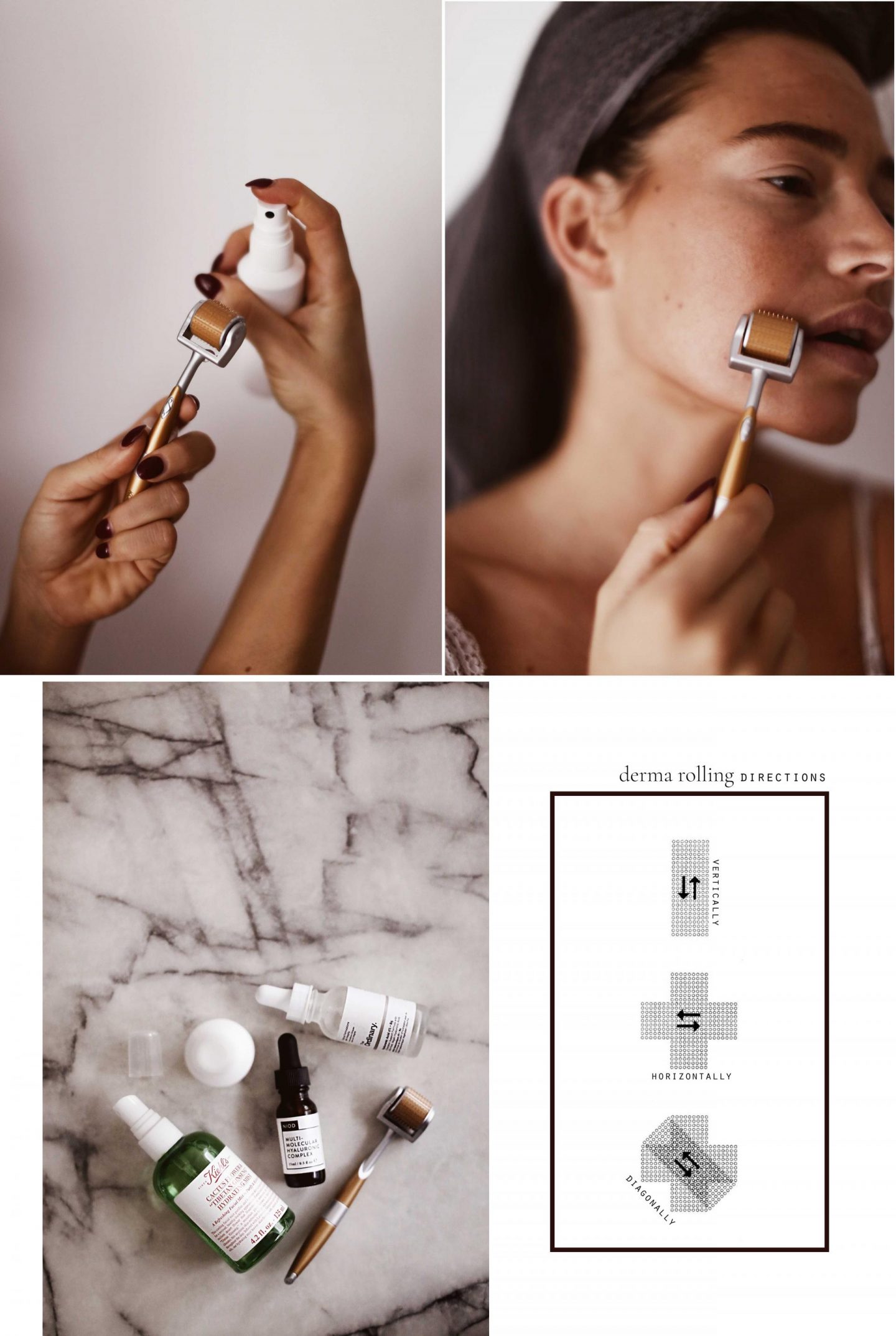
how to use the derma-roller
As derma-rolling creates micro injures, do this solely at night and before bed; my face is always very red afterwards. Also your pores are wider, so you absolutely don’t want to then cake a bunch of makeup on. Always clean your skin throughly before beginning, otherwise you’re rolling the day’s dirt deeper into your skin. Dry your skin after cleaning and you’re ready to go. I will usually apply a few drops of hyaluronic acid all over my face before beginning, especially in the areas I am looking to improve ; specifically, the lines on my forehead and around my mouth. Derma-rolling boosts acid asorption up to 90%, as it rolls it deeper into your skin. Now, I don’t derma-roll my entire face, but you can if you wish. Just be a little more delicate on the lips and eye area (side note: derma rolling absolutely plumps your lips in a BIG way, it’s temporary but wow, they do get huge!). The key with derma-rolling is to first roll vertically, followed by horizontally and concluding with a diagonal movement (see diagram above). This series of movements ensure you reach every pore in a cross-section. Apply minimal pressure, the needles are sharp enough, you don’t need to be aggressively pressing down, that will hurt and it isn’t more effective ; roll gentle and slow, at the pace of an Usher song, okay?
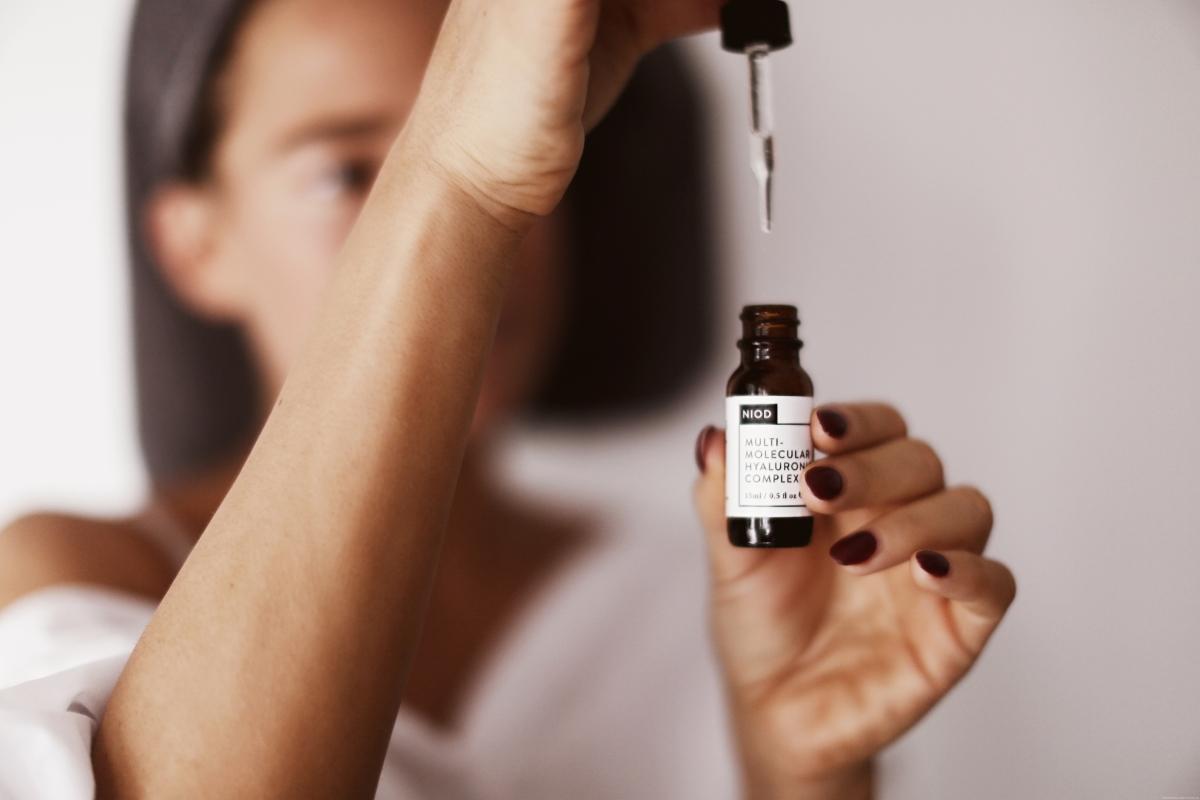
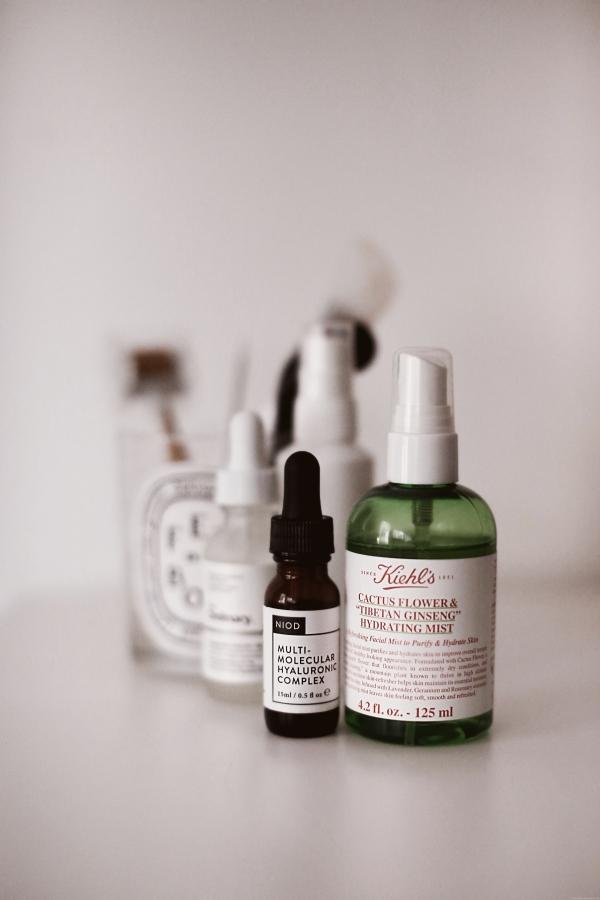
products to use:
I did a lot of research before I started derma-rolling and all experts fiercely reccommend one products, my favourite of all, can you guess which? YES, hyaluronic acid. I think I will probably write an entire post exclusively on this acid in the future, but if you haven’t added this magical product to your beauty rota then NOW IS THE TIME TO DO SO. Hyaluronic acid is found naturally within our bodies, 50% of it within our skin ; it holds moisture in the spaces between the cells of our skin. When applied topically, hyaluronic acid draws moisture into the top layers of the skin. Unlike other acids and serums, hyaluronic acid comes in weights. So, low–molecular weights are best, as they are lighter and penetrate the skin deeper. There are so many on the market, I’ve tried about a dozen but my favourites so far are the Ordinary (linked here), which is very affordable, effective and a good one to try first if you haven’t already used the acid. But for a slightly pricer option, I much prefer Niod’s multi-molecular hyalronic complex (linked here). It works better, it’s more potent ; costing around 30 euros ; I’m using this one everyday. When it comes to derma-rolling, I’ll apply a few drops prior and then after again, so as to ensure my pores are really soaking as much of it up as possible.
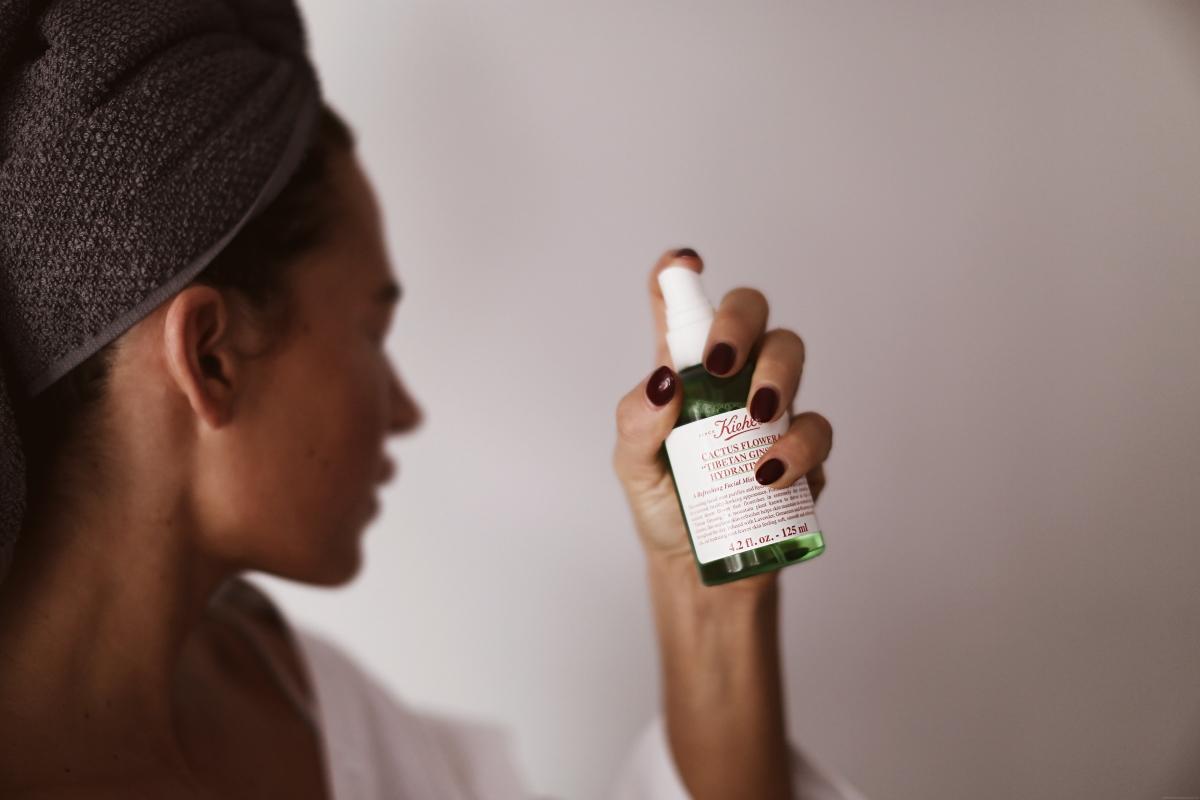
And finally, as hyalronic draws water to the skin, I will finish off with a facial spray, to really maximize the amount of moisture I am adding into my skin. I love the Kiehl’s cactus flower & tibetan ginseng hydrating spray (linked here). It’s light, 100 percent natural and with a very slight herb-like scent. This also calms down the redness that always ensues after rolling. I will let this dry and then it’s off to bed. However, I want to warn you, derma-rolling should not be accompanied by stronger acids /serums, such as retinol or vitamin c – leave these for another day of the week. They are too harsh ; it’s important to remember that derma-rolling injures your skin, which means it is far more sensitive, so any of your more aggressive products should be avoided for at least 24 hours. Speaking of, I have a lot to say about vitamin C, but that will have to be another post!
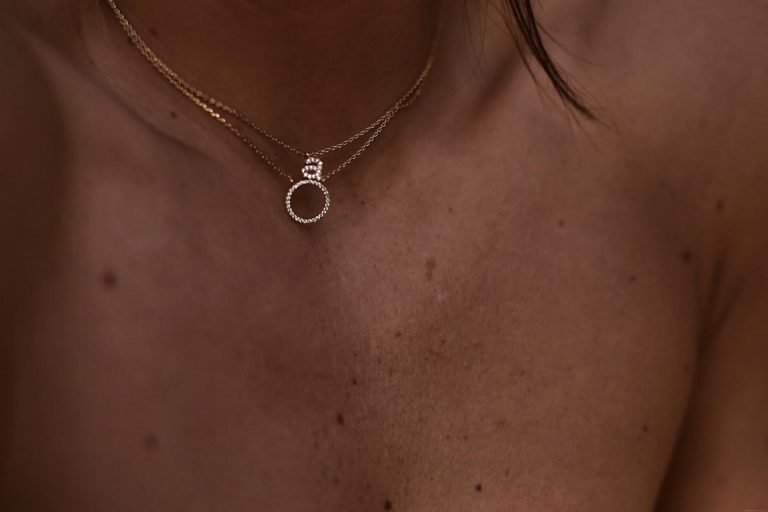

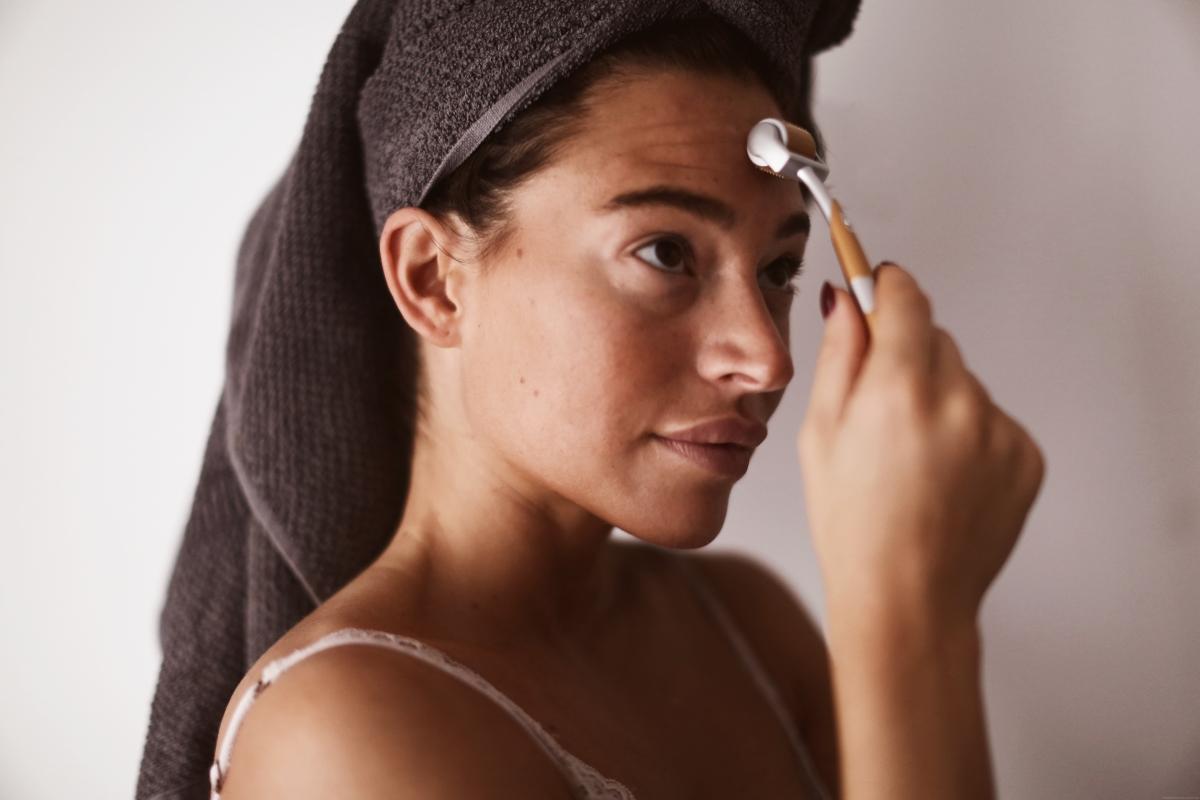
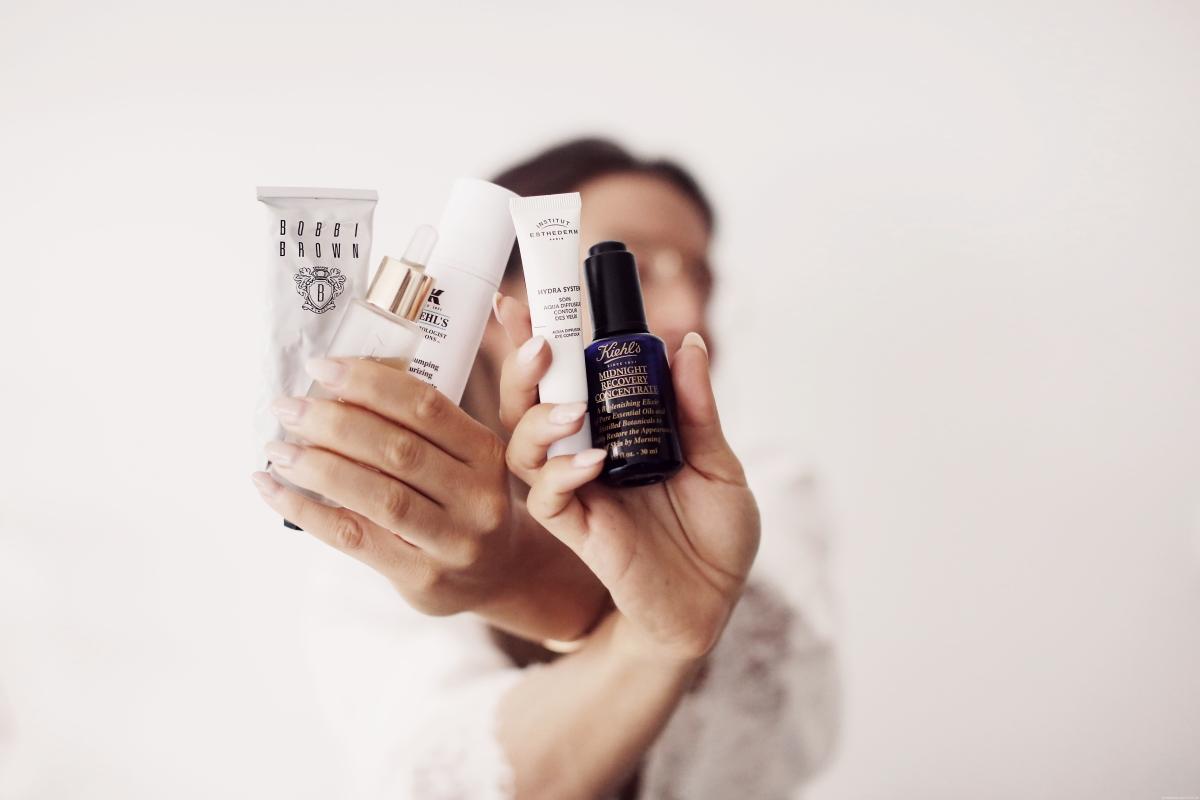
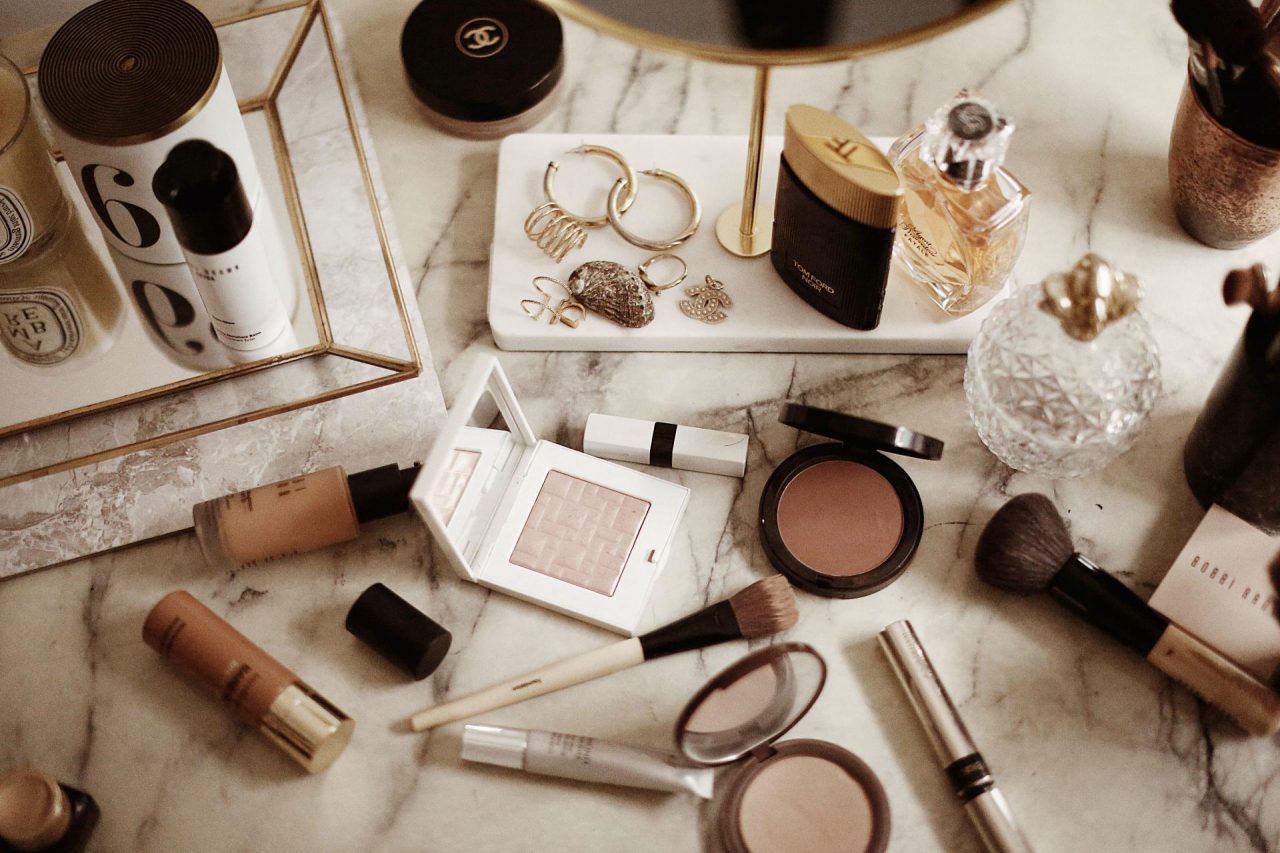
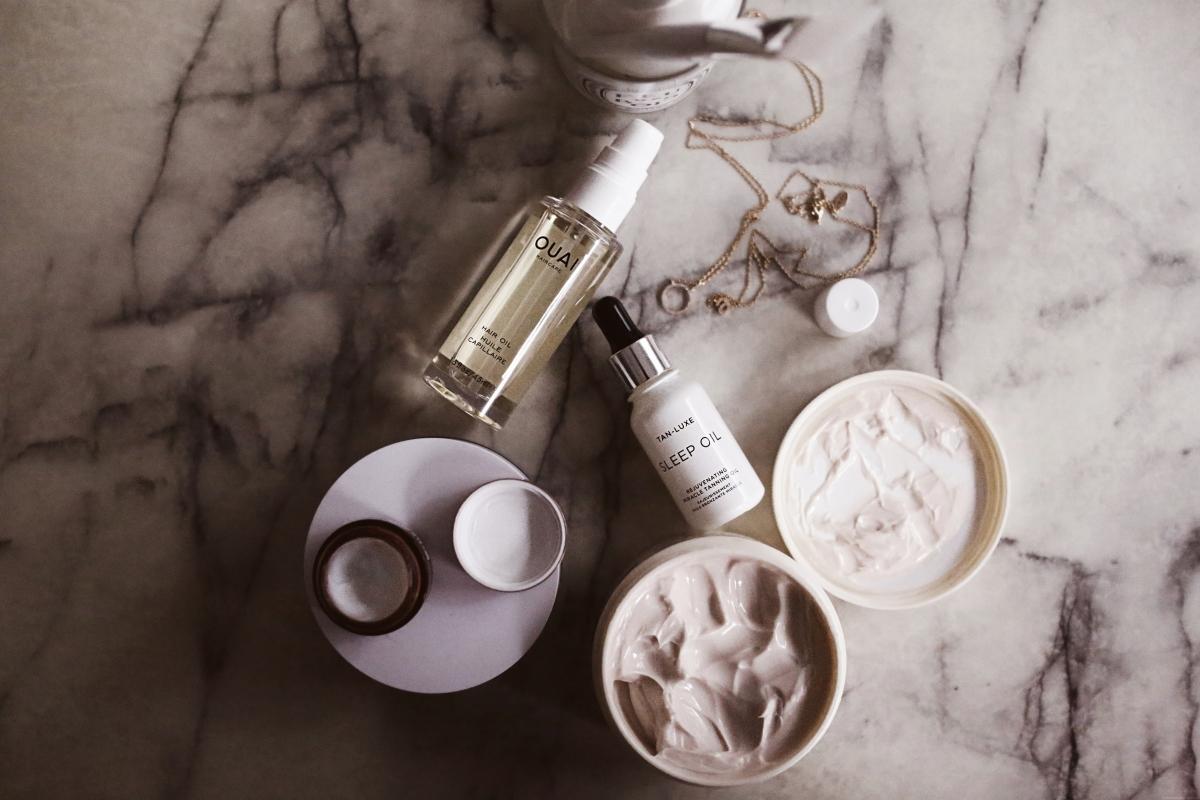
8 Comments
Leave a Comment